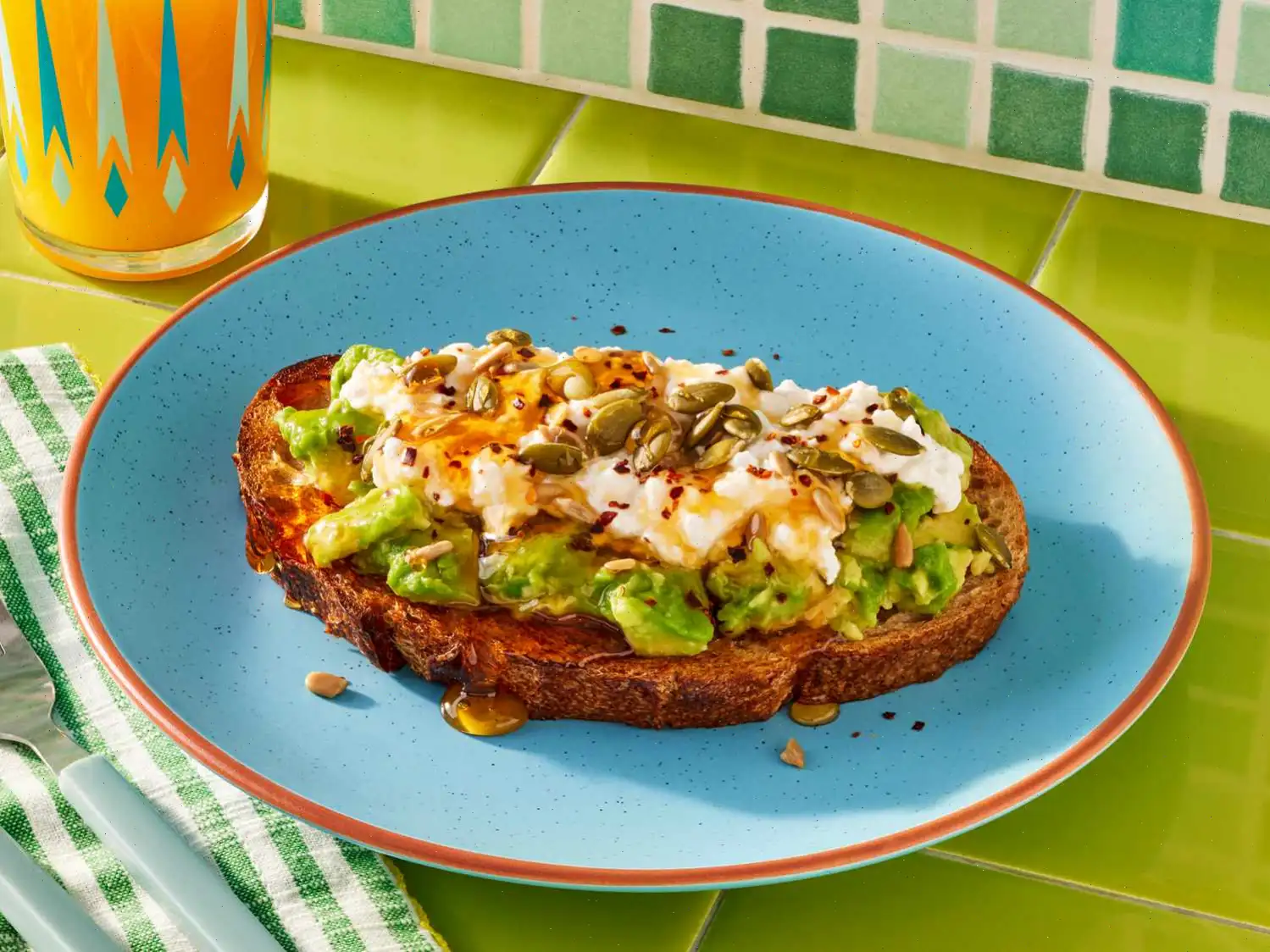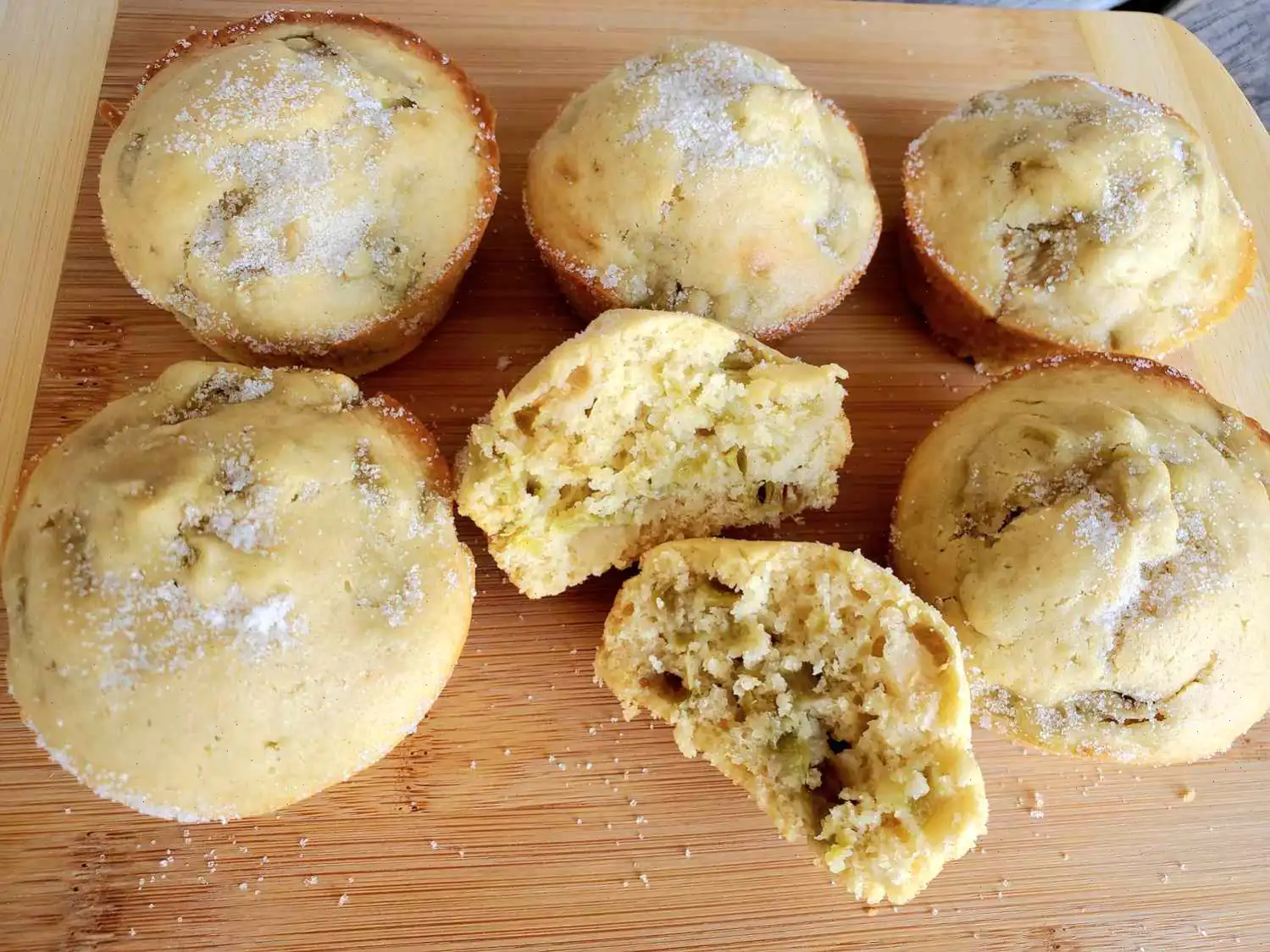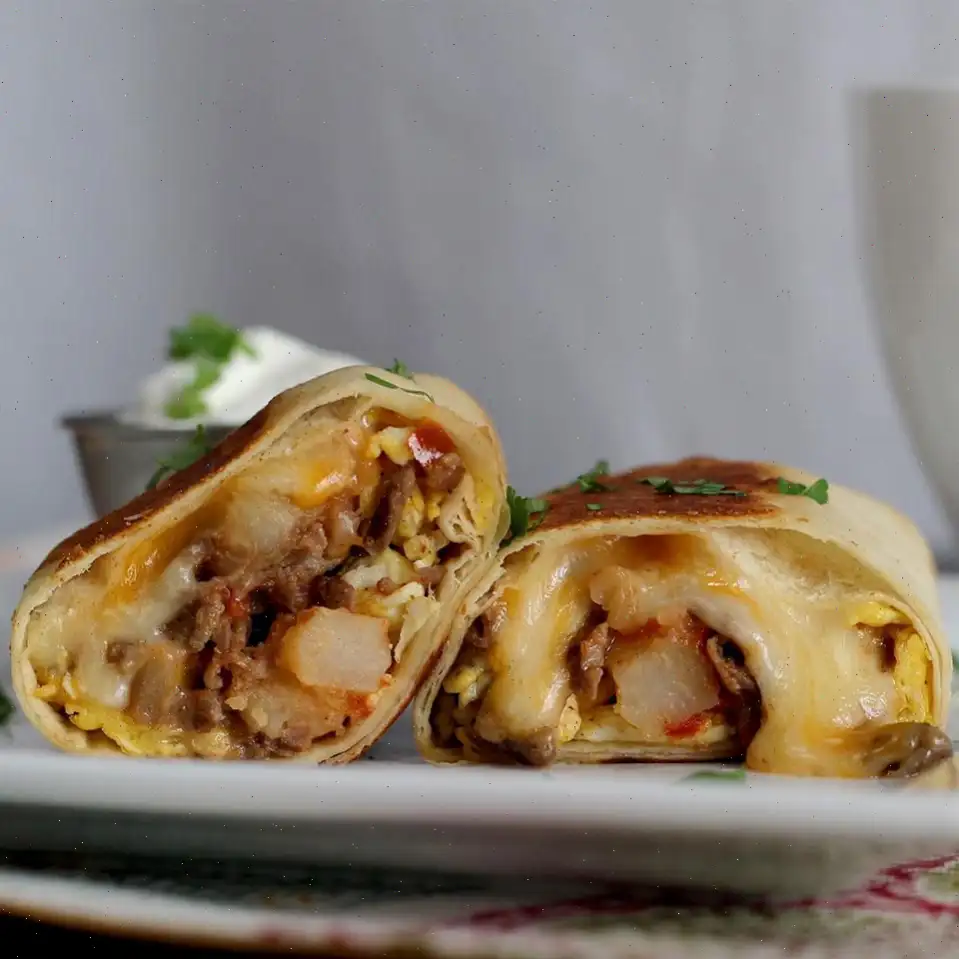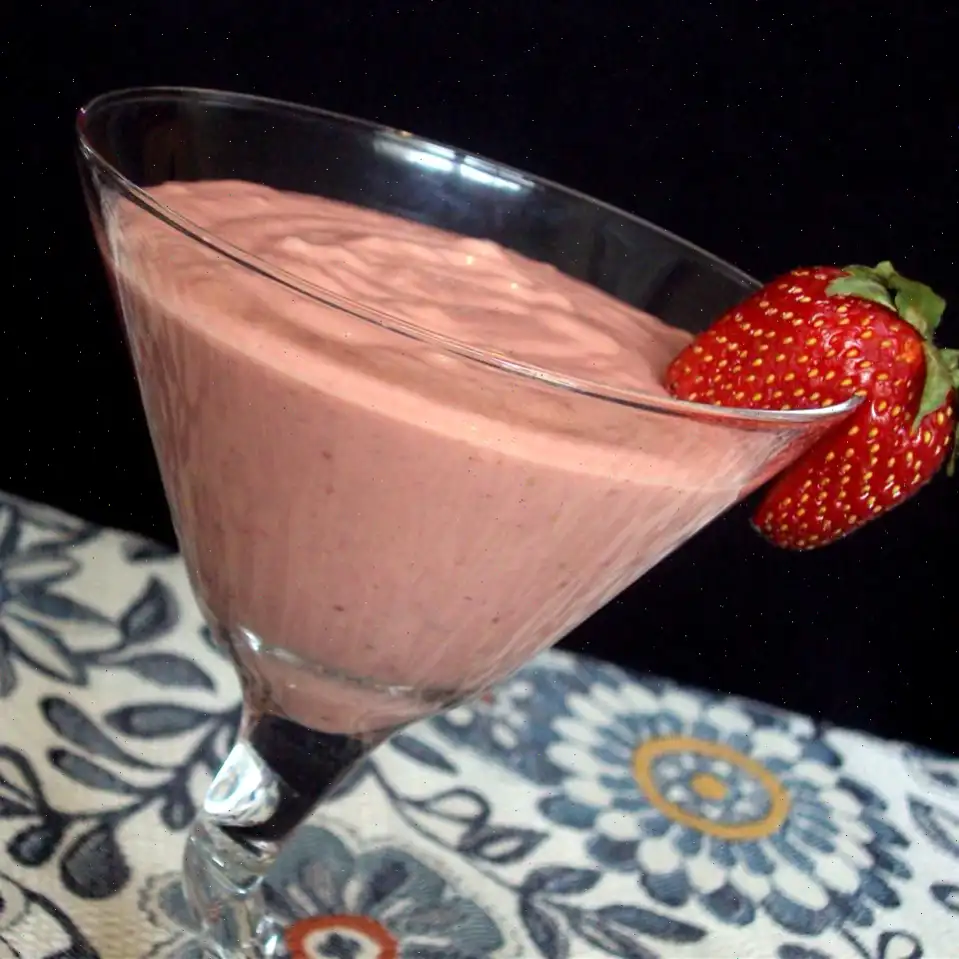
Sheet Pan Breakfast Pizza Recipe
Ingredients
This recipe yields 12 generous servings. Ingredient amounts are based on the original recipe and can be adjusted, though cooking times remain consistent.
- Cooking spray
- 2 (8-ounce) packages of refrigerated crescent dough sheets or crescent rolls
- 12 ounces Canadian-style bacon, sliced and quartered
- 1 1/2 cups frozen hash brown potatoes, thawed
- 2 cups shredded Cheddar cheese, divided
- 12 large eggs
- 1/3 cup milk
- 1/2 teaspoon table salt
- 1/8 teaspoon freshly ground black pepper, plus extra for garnish
- Chopped fresh chives and/or green onions, for garnish
- Flaky salt, for garnish
- Hot sauce, for serving
Directions
- Preheat your oven to 375F (190C) and lightly coat an 11x17-inch rimmed sheet pan with cooking spray.
- Unroll the crescent dough sheets on the prepared pan. Press the seams together to seal, stretching slightly if needed to fit the pan. If using crescent roll triangles, pinch the seams together and lift the edges to form a shallow crust around the pan.
- Scatter the Canadian bacon evenly across the dough base.
- Layer the thawed hash browns over the bacon, then sprinkle 1 1/2 cups of the shredded Cheddar cheese on top.
- In a medium bowl, whisk together the eggs, milk, salt, and black pepper until fully blended. Pour this mixture evenly over the layered ingredients in the pan.
- Sprinkle the remaining 1/2 cup of Cheddar cheese over the top.
- Bake for 30 to 35 minutes, or until the eggs are fully set and the crust is lightly golden brown.
- Remove from the oven and garnish with chives, green onions, flaky salt, and extra black pepper as desired. Serve warm with hot sauce on the side.
Nutrition Facts (per serving)
- Calories: 496
- Total Fat: 33g (42% DV)
- Saturated Fat: 13g (66% DV)
- Cholesterol: 255mg (85% DV)
- Sodium: 1127mg (49% DV)
- Total Carbohydrate: 25g (9% DV)
- Dietary Fiber: 2g (6% DV)
- Total Sugars: 5g
- Protein: 24g (48% DV)
- Vitamin C: 2mg (2% DV)
- Calcium: 192mg (15% DV)
- Iron: 2mg (11% DV)
- Potassium: 385mg (8% DV)
*Percent Daily Values are based on a 2,000 calorie diet. Nutrient values are approximate and may vary based on ingredient brands and preparation methods.
The History of Sheet Pan Breakfast Pizza
The Sheet Pan Breakfast Pizza is a modern evolution of traditional breakfast dishes, combining the convenience of sheet pan cooking with the indulgence of pizza. Its origins are rooted in American brunch culture, particularly in the early 2000s, when home cooks and chefs sought easy, large-batch recipes for weekend gatherings. By using crescent roll dough as a base and layering eggs, cheese, and breakfast meats, this dish quickly became popular for its simplicity and versatility. Unlike classic Italian pizza, it emphasizes breakfast flavors and textures, making it a unique fusion of morning staples and comfort food.
Regional Variations and Characteristics
While the concept of breakfast pizza is found across the United States, regional adaptations reflect local tastes. In the Midwest, recipes often include hearty potatoes or sausage, highlighting the area's love for filling, rustic meals. On the West Coast, fresh vegetables such as bell peppers, spinach, and avocado are frequently added, emphasizing lighter, fresher flavors. The choice of Canadian-style bacon or smoked ham varies by region, with northern states favoring pork-based proteins and southern versions sometimes featuring spicier sausages or chorizo. Despite these variations, the hallmark of the sheet pan breakfast pizza is its communal, easy-to-serve format.
Differences from Similar Dishes
Sheet pan breakfast pizza differs from traditional breakfast casseroles or quiches in several ways. Unlike quiches, which typically use a fully baked crust and a custard-like filling, the sheet pan version uses pre-made crescent dough that bakes along with the toppings, creating a slightly crisp, golden base. Compared to breakfast casseroles, this pizza has a distinct layered presentation, where toppings like hash browns and bacon remain visible rather than fully blended with the eggs. The result is a visually appealing dish that delivers both texture and flavor in every slice.
Typical Serving Occasions
Sheet pan breakfast pizza is often served at casual gatherings, brunch parties, or weekend family breakfasts. Its large format makes it perfect for feeding groups, while the simple ingredients appeal to a wide range of palates. Restaurants that specialize in brunch menus sometimes offer individual or half-sheet versions, often accompanied by hot sauce, fresh herbs, or seasonal vegetables. It is particularly popular during holiday mornings and celebratory brunches where convenience and crowd-pleasing appeal are priorities.
Interesting Facts
- The concept of cooking breakfast on a single sheet pan gained popularity because it minimizes cleanup, making it ideal for busy households.
- Using crescent dough as a base is a modern shortcut; earlier versions relied on biscuit or homemade pastry crusts.
- The combination of eggs, cheese, and breakfast meats on pizza is a distinctly American invention, reflecting the countrys penchant for hybrid comfort foods.
- Many variations include seasonal vegetables or spices, allowing the recipe to be adapted year-round without losing its signature appeal.
- Despite being called a pizza, it is usually eaten with a spatula and fork rather than by hand, especially in its full sheet pan form.
FAQ about Sheet Pan Breakfast Pizza Recipe
Comments
Scott Rodriguez
07/11/2024 01:16:34 PM
A favorite for an easy family weekend
Raymond Gomez
06/02/2023 11:24:31 AM
Simply make a quiche. It was extremely dry and lacked any flavor.








